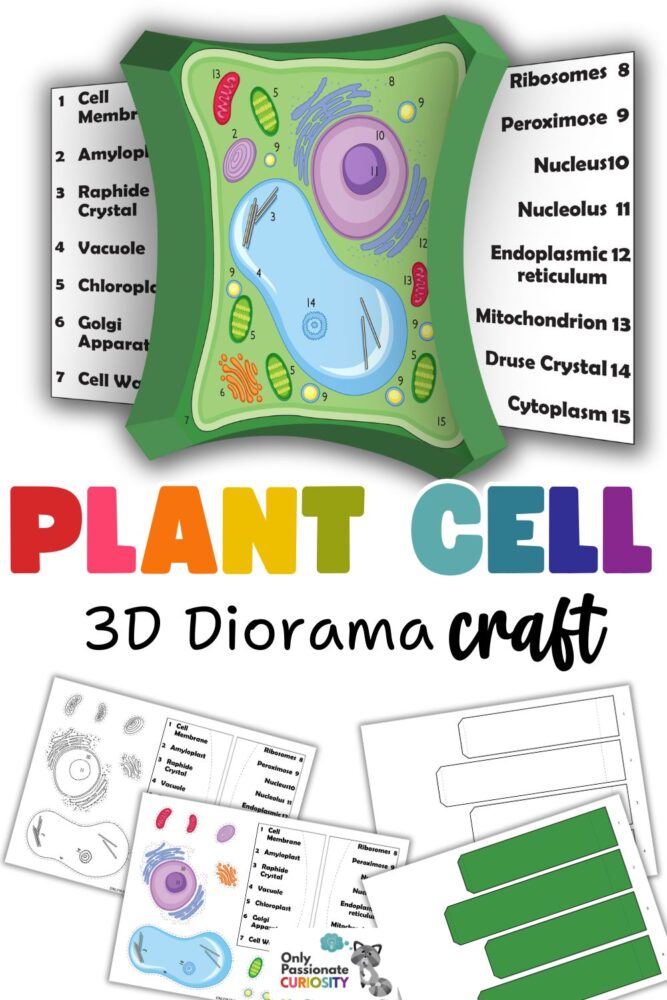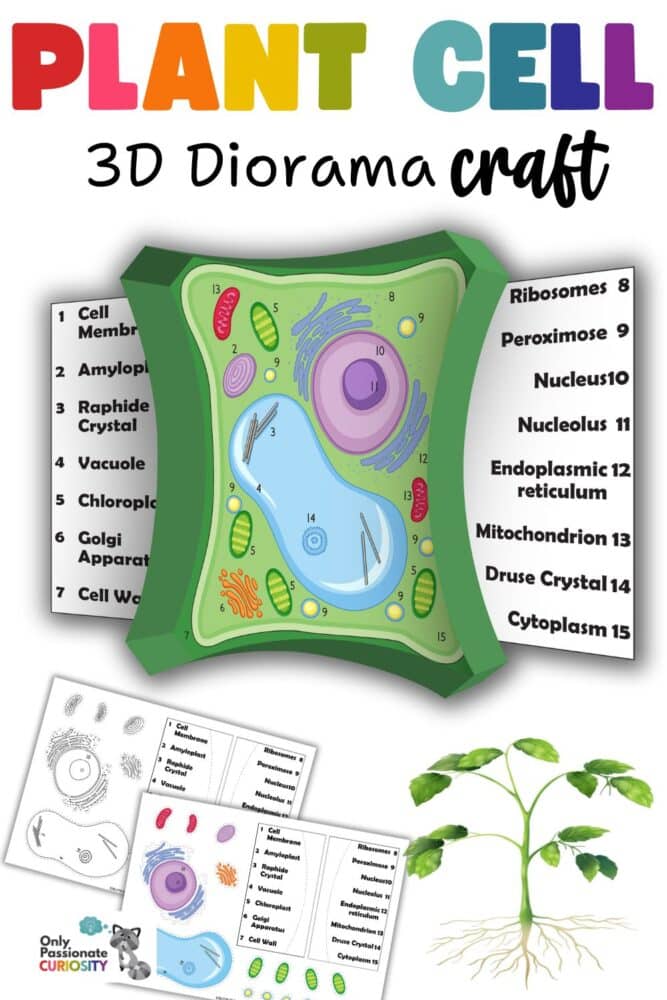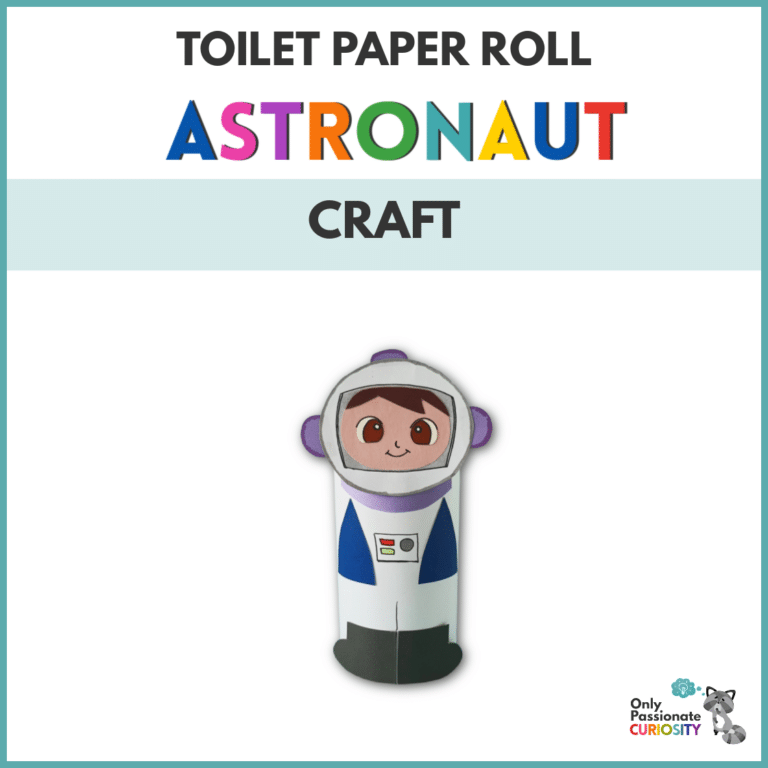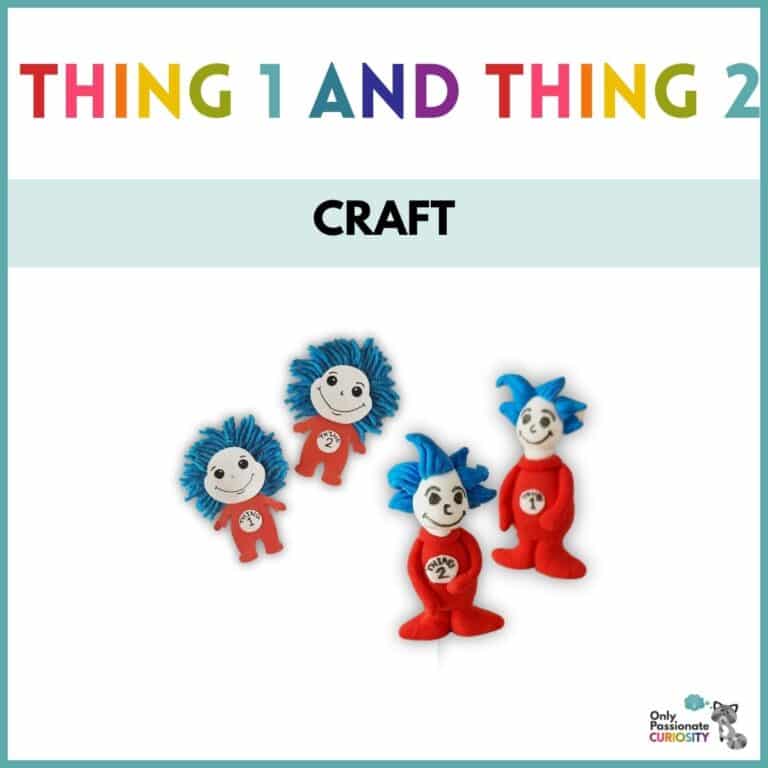3D Plant Cell Diorama Craft
Introducing the 3D Plant Cell Diorama
When it comes to teaching science to our kids, hands-on activities are invaluable tools for engaging their young minds and helping foster a deeper understanding of what can be otherwise complex concepts. One activity that seamlessly combines creativity with learning is creating 3D dioramas with our kids.
Today, we’ll dive into the fascinating world of plant cells through the lens of a 3D diorama. Whether you’re a homeschool parent looking for ways to stoke your child’s curiosity or a teacher seeking innovative teaching methods, incorporating a plant cell diorama into the curriculum can be both educational and enjoyable.
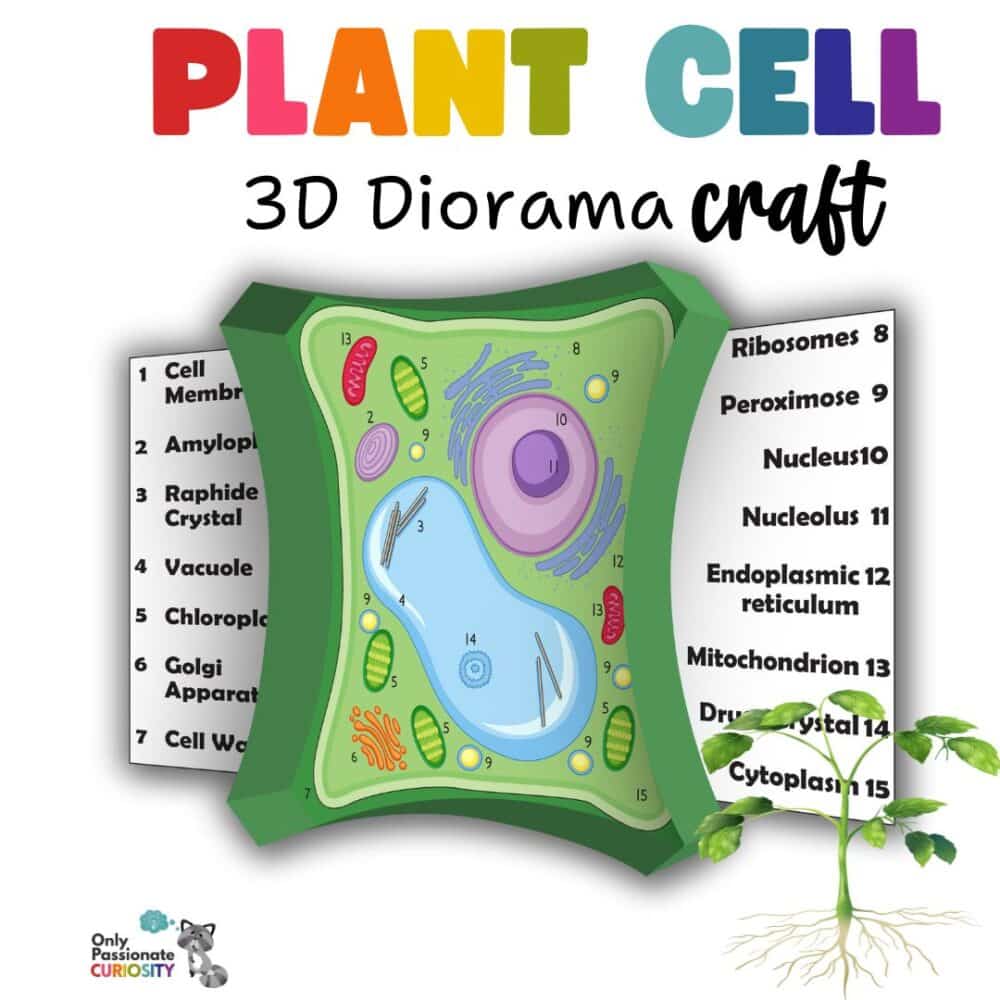
Understanding Plant Cells:
Before we delve into the creative process, let’s take a moment to understand the fundamental unit of plant life: the cell. Plant cells, much like animal cells, are eukaryotic, meaning they contain membrane-bound organelles. However, what sets plant cells apart is the presence of additional structures such as chloroplasts, cell walls, and large central vacuoles.
Chloroplasts, responsible for photosynthesis, give plants their green color and are crucial for converting sunlight into energy. Cell walls provide structural support and protection, giving plants their rigidity. Meanwhile, central vacuoles store water, maintain turgor pressure, and facilitate nutrient storage and waste management.
Educational videos are a terrific way to help your kids understand the complex workings of plant cells.
This animated 3D plant cell video is terrific for older students:
This video about plant cells is geared more toward young kids:
Building a 3D Plant Cell Diorama:
Now that we have a basic understanding of plant cells, let’s embark on a creative journey to build a 3D diorama that brings these microscopic wonders to life. Here’s a step-by-step guide to get started:
Gather Your Materials:
Collect materials such as cardboard or foam board for the base, modeling clay or playdough for organelles, paint, brushes, and any other decorative items like beads or glitter.
The printable below will give you the basic parts of a plant cell, which you can cut out and label. Then you and your children can use the various materials chosen to enhance the diorama.
Plan Your Design:
Encourage children to sketch out their design ideas, considering the layout of organelles within the plant cell. This step not only fosters creativity but also reinforces understanding through visual representation.
The printable below has cutouts (both black and white and colored options) so that your child can use imagination and creativity in deciding where to place the various parts of a plant cell.
DownloaD the 3D Plant Cell Diorama Printable Here!
Construct Your 3D Plant Cell:
Using the 3D plant cell diorama printable as your base material, create the overall structure of the cell. Then, mold the various organelles using modeling clay or playdough. Encourage your children to reference diagrams or illustrations of plant cells to ensure accuracy. The videos linked above might also help with this.
Add Color and Detail:
Once the organelles are in place, it’s time to add color and detail. Paint the cell membrane, chloroplasts, nucleus, and other organelles accordingly. This is an excellent opportunity to discuss the function of each structure as children bring them to life with color.
Assemble the Diorama:
Arrange the painted organelles within the cell, paying attention to their relative positions. The printable has labels and numbers to help your kids identify each structure.

Benefits of 3D Plant Cell Dioramas
Plant cell 3D dioramas offer numerous benefits for your homeschool class—both for you and your young learners!
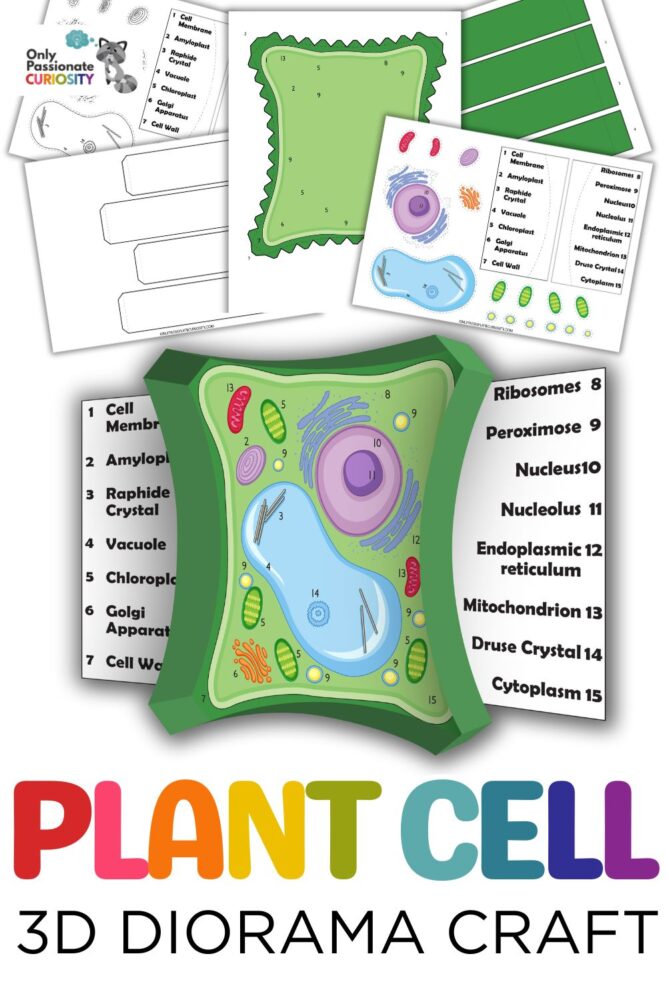
More Educational Activities!
Incorporating plant cell 3D dioramas into the educational repertoire of parents and teachers offers a unique opportunity to merge artistry with science, making learning both informative and entertaining. But don’t stop there! In a homeschool, there are plenty of ways to learn about cells.
- Check out 10+ Awesome Ways to Make a Cell Model!
- Have fun making an Edible Cell Model with your kids.
- And here’s How to Make a Clay Cell Model.
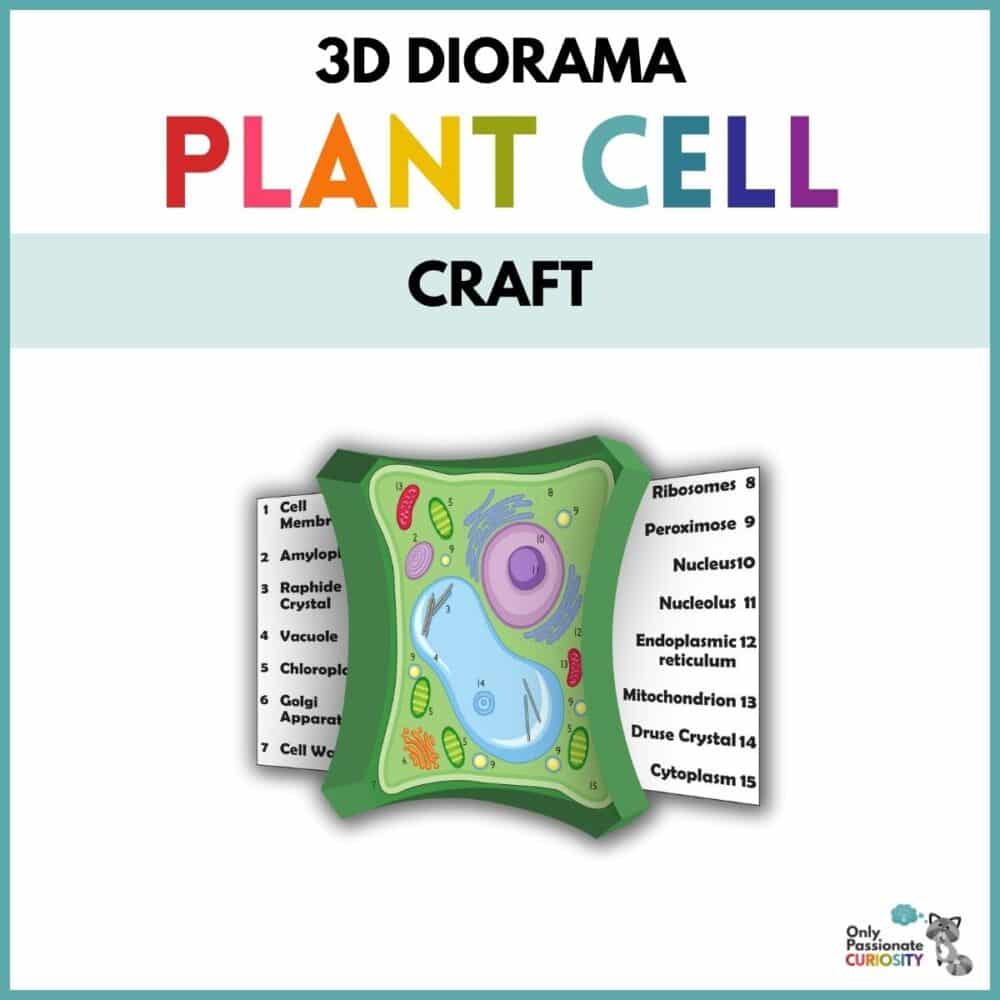
Science Plant Unit Study Ideas



